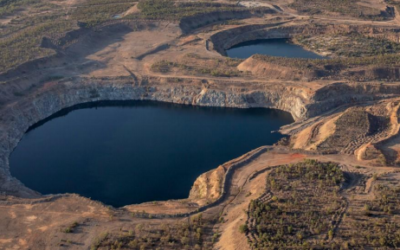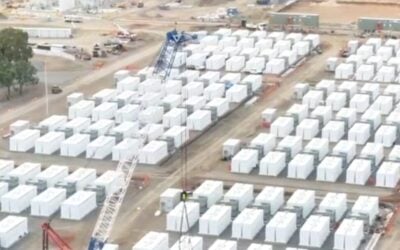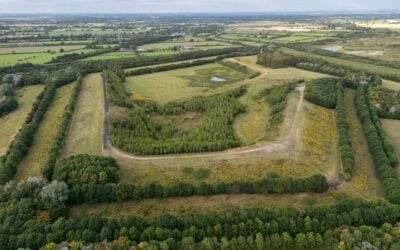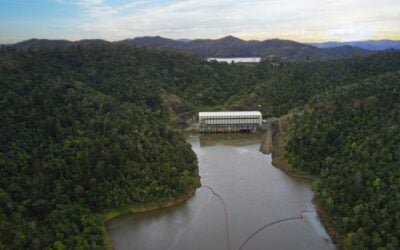The Department for Business, Energy and Industrial Strategy (BEIS) will rule in March on a £160 million project by UK energy storage developer Quarry Battery Company (QBC) to build a 99.9MW pumped hydro facility at the site of two disused slate quarries at Glyn Rhonwy, in North Wales.
The UK Planning Inspectorate completed its review of the QBC application last week, and will pass its recommendation to BEIS by early December. BEIS will issue its final decision on whether the scheme goes ahead by March 8.
If the project gets the green light, it will be the first pumped hydro facility to be commissioned in the UK since the Dinorwig power station in 1974, located opposite the proposed QBC site at Glyn Rhonwy. QBC expects construction to take four years, and the plant to provide over 700MWh of power to the district power network in the Gwynedd region, operated by SP Manweb, as well as additional resource to the National Grid.
QBC has also submitted a planning application to Gwynedd Council for an underground connection to the grid from the Glyn Rhonwy site; a decision is expected on the application by the end of September.
Try Premium for just $1
- Full premium access for the first month at only $1
- Converts to an annual rate after 30 days unless cancelled
- Cancel anytime during the trial period
Premium Benefits
- Expert industry analysis and interviews
- Digital access to PV Tech Power journal
- Exclusive event discounts
Or get the full Premium subscription right away
Or continue reading this article for free
QBC had originally planned a 49.9MW pumped hydro facility at Glyn Rhonwy, and even gained planning consent from the local authority in February 2014. It increased the output to 99.9MW on the back of the “changing political landscape”, as energy storage was accepted as critical to the UK energy market, and has since been required to gain BEIS approval.
“It has been protracted because the scale of the project and the planning threshold have changed,” said a spokesperson. “At the same time, apart from the size of the turbines and the associated control gear, we haven’t actually changed any of the elements of the scheme – the upper and lower lagoons are as they were, for instance. It just means we’ve been around the houses.”
QBC hopes the long-planned project will accelerate its other pumped hydro projects, which include the use of drinking water reservoirs and the sea for energy storage, as well as ‘low-head’ sites like Glyn Rhonwy, with a minimal drop between upper and lower reservoirs.
“We have a pipeline of potential projects, and this is the first,” said the spokesperson. “All of these share certain characteristics – in that they might be considered to be in unusual, or leftfield, sites. We hope we are better positioned now for these other projects.”
QBC has so far funded the development with support from “very far sighted, deep pocketed and patient” angel investors. The £160 million figure for the project covers overall development cost, including the development process to this point and construction following BEIS approval.
If BEIS passes the project in March, QBC said it will require a “funding big brother” to see it through. We are talking with a number of parties,” said the spokesperson.





